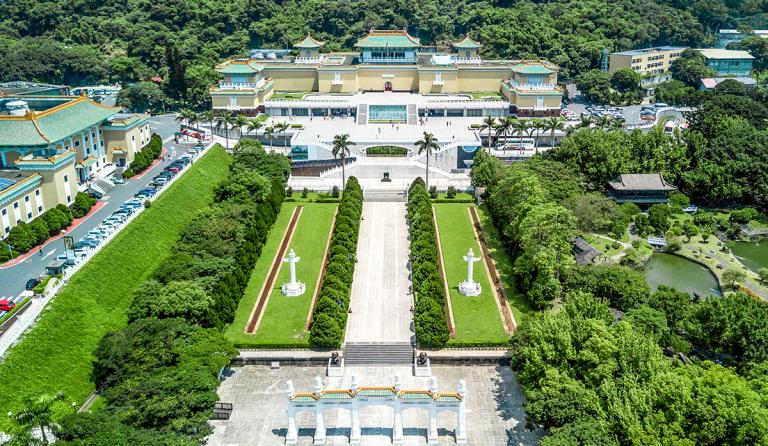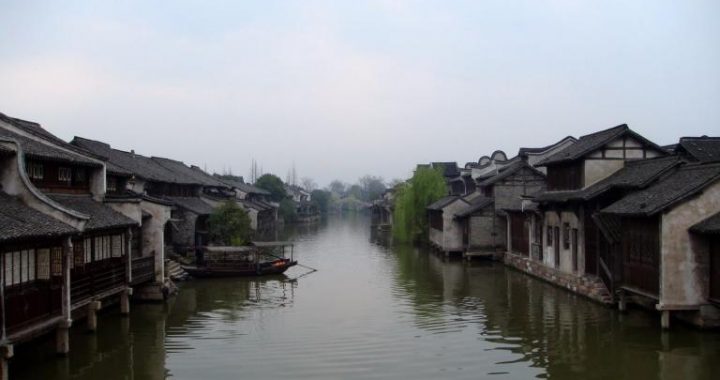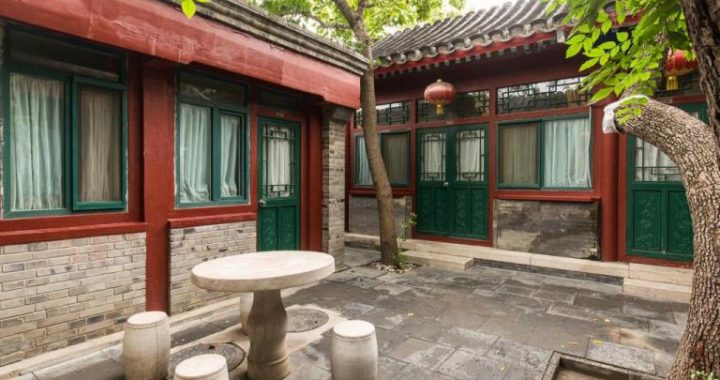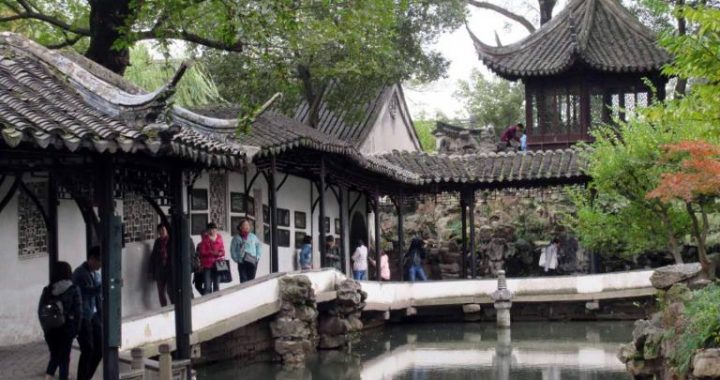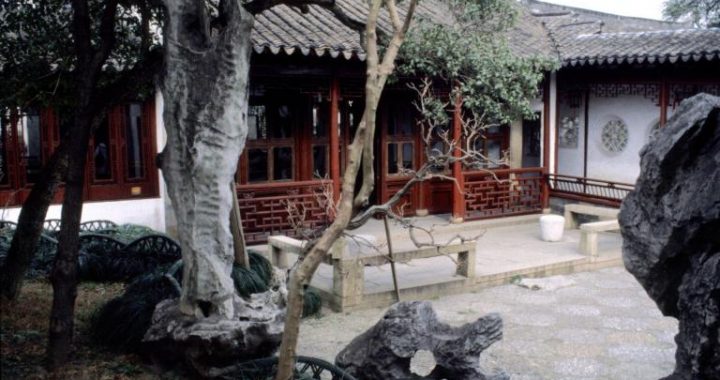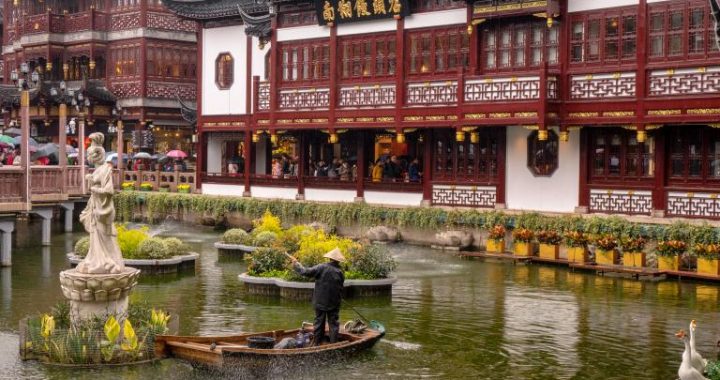Private Gardens
9 min readPrivate gardens as opposed to imperial gardens were owned by civilian bureaucrats,men of letters,landlords and rich merchants.China’s ancient rites included numerous restrictions on the lifestyles and consumption styles of ordinary people,and violators were harshly punished.Therefore,private gardens were quite different from imperial gardens in content or form.
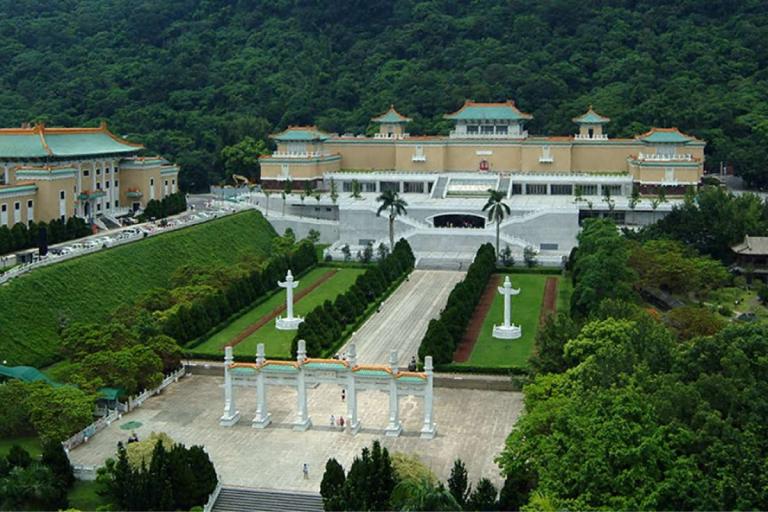
Chinese classical private gardens began to thrive in the Wei Dynasty,the Jin Dynasty and the Southern and Northern Dynasties.During this period,men of letters were tired of war and sought pleasure in nature.They considered themselves to be elegant,pioneering management of gardens by men of letters.The elegant style of the Wei and Jin dynasties,the unrestrained style of the Six Dynasties,the abstruseness of the philosophical thoughts of Laozi and Zhuangzi,the profoundness of Buddhist doctrines,the freshness of poetry,literature and painting and the experience accumulated in the artistic practice of garden building made Chinese gardens begin to form their own feature,and “poetic charm”became the state pursued by Chinese gardens.Wilhelm Friedrich Hegel(1770-1831)once described a Chinese garden as a painting natural and rich in poetic charm,unlike the other major garden art system in the world-the French garden art emphasizing the ancient Roman principle of pursuing strict geometrical composition and grandeur.
From the mid Ming Dynasty to the late Qing Dynasty, the region south of the Yangtze River became a gathering place of private gardens, and the trend of garden building lasted over 300 years because the region south of the Yangtze River had sufficient water,a temperate climate, diversified plants and abundant stone minerals. Besides, the region south of the Yangtze River was rich and had a developed economy, and more importantly, more and more men of letters and painters participated in the design of gardens. Experts in garden building emerged endlessly. Coincidentally, at that time, the Chinese garden building theoretician Ji Cheng(1582-?) and the garden building practitioner Zhang Lian (1587-1671) were both contemporaries of Le Notre,a representative of European classical gardens and the designer of the garden of Vaux-le-Vicomte in the suburbs of Paris and the Palace of Versailles representing the highest standard of European gardens. Ji Cheng’s work ongarden building theories The Craft of Gardens (published in 1631) and theFrench garden building master Boyceau’s famous work On the Art of Garden Building(published in 1638) appeared almost at the same time.
Most private gardens were built according to the ideals and interests of the owners. Because garden owners had different ideals and interests, gardens had different styles. Their common pursuit was “artificial yet looking natural,”i.e.creating the state of natural landscapes artificially.
As private gardens occupied small areas of land, to realize this effect, abundant changes must be created in limited space. Collected Essays from the Lu Garden says,”Garden building like poem or essay composition must be orderly with a twist.”Reality and imagination must be ingeniously combined to create changing garden scenery and expand the time and content of visitors’sightseeing. One outstanding example is the Lingering Garden in Suzhou.”How deep is the courtyard”in an ancient poem presents the best picture of the unique spatial treatment in the Lingering Garden. The narrow and long entrance of the Lingering Garden is winding with alternating dim and bright areas. At the place of “Old Intertwined Trees,”a whitewashed wall is seen, andthe hills, ponds, towers and pavilions in the yard can be vaguely seen through the leaking window in the wall. After reaching the Mingse Tower, people find themselves in the garden without noticing it.
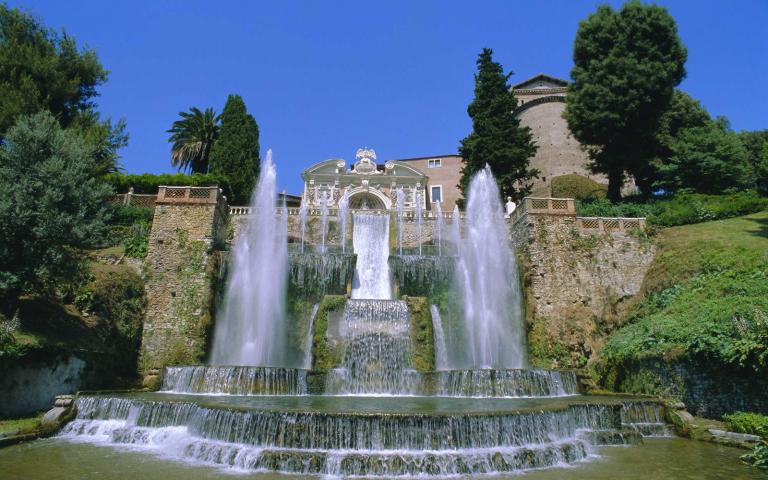
Meanwhile, the method of borrowing scenery should be used well to organically combine distant and near landscapes in the garden, expand spacefarther and give people endless feelings. The Humble Administrator’s Garden in Suzhou can borrow the sight of the faraway pagoda of the north temple in the city. The Surging Wave Pavilion Garden, the most ancient garden in Suzhou, borrows scenery in a unique way: because there is a stream outside the garden,a small bridge spans over the stream near the entrance; there are double corridors with leaking windows of various styles in lieu of walls, and the stream is included into the garden, making the space in the garden open and making the Surging Wave Pavilion Garden different from other closed private gardens with unique characteristics.
Special emphasis was given to the two techniques of piling up hills and channeling water in Chinese gardens. One reason is that artificial hills and winding water are good imitations of nature and can often create the effect ofpainting with the setting and coordination of flowers, grass and trees; secondly, piling up hils and digging ponds not only reproduce natural beauty, but alsorepresent yearning for virtue and wisdom because Analects of Confucius says,”The wise enjoy water; the humane enjoy mountains.”
In piling up hills, large scales were not sought. The forms of natural mountains and forests were summarized and refined to imitate tall mountainsand create natural charm. Many artificial hills also had layers of peaks and deep caves and valleys like real mountains. The best stones used in gardens are lake stones,i.e. stones taken from lakes, with exquisite shapes formed through constant washing. The most famous stones are the ones from the Tai Lake called “Tai Lake stones.”The great Song painter Mi Fu(1051-1107)summarized stones with appreciative value with the words (slim, rugged, leakyand penetrated) as the standards for evaluating stones. Those meeting all the four standards can be called top-grade ones. Among the 12 peaks in the Lingering Garden in Suzhou, the “Guanyun Peak”three zhang high with a special towering shape is the largest lake stone in gardens south of the Yangtze River, slim, rugged, leaky and penetrated. This stone still famoustoday is said to be left by the “stone transportation team”of the Song Dynasty.
Water surfaces in gardens are irregular, and those resembling nature are deemed beautiful, separated by winding small bridges or decorated with stepping stones, making people unable to see all. Stones imitating naturalmountains or shores or randomly placed in natural forms beside ponds are accompanied by thin bamboos, wild vines, red fishes and green algae. Small ponds often seem deep.
The Lion Forest Garden in Suzhou is not large, but the structure is precise and the artistic treatment for piling up hills and channeling water is especially fine. The center of the whole garden’s layout is a pond extending from east to west with stone hills to the north, west and south. There are exquisite caves and waterfalls under rolling peaks, gullies in between and interconnected long corridors. The tall peaks and winding water are vaguely visible.
Apart from hills, stones and trees, ingenious arrangement of buildings inChinese gardens is also very important. For example, houses are hidden in flowers, pavilions stand beside water, and long corridors, wave-topped walls, zigzag bridges, leaking windows, etc. can be used to divide space, making garden layers clear and endless. They are often both themes of garden landscapes and scenic spots. For example, the two-layer double corridor connected to the Butterfly Hall, the main tower in the He Garden in Yangzhou, winds around the garden from the ground to the sky. The central and eastern parts are also separated by this double corridor. The scenery on each side can be seen through the leaking windows in the two-layer wall. They are closed and separated but not isolated, seeming empty and deep.
Literature and art in China’s traditional culture, especially poetry, calligraphy and painting, greatly influenced the art of garden building.
The Guanyun Peak in the Lingering Garden in Suzhou is one of the most famous stone layouts in Suzhou The Humble Administrator’s Garden is a famous garden in Suzhou first built in the mid Ming Dynasty, more than 500 years ago. It is a representative private garden south of the Yangtze River. This garden was built by the censor Wang Xianchen in the Jiajing Period of the Ming Dynasty and named after the”humble administrator”in On Leisure written by Pan Yue in the Western Jin Dynasty, meaning the garden owner, not interested in politics, built the garden for self-consolation. The famous Ming painter Wen Zhengming(1470-1559)created several paintings for this garden, the most famous one being 31 Scenic Spots in the Humble Administrator’s Garden. The owner of the Retreat and Reflection Garden in Suzhou also returned home after demotion. This garden’s meaning is related to a sentence from Chronicle of Zuo:”When at court in his presence, his thought is how to discharge his loyal duty to the utmost, and when he retires from it, his thought is how to amend his errors.”The name ofthe Jixiao Villa in Yangzhou is related to a line in Ah, Homeward Bound I Go written by Tao Yuanming (365-427) in the Jin Dynasty:”I lean upon th southern window with an immense satisfaction.I would perhaps go up Tungkao and make a long-drawn call on the top of the hill.”
In building gardens, men of letters not only took great pains in naming qardens, but also combined couplets, poems and inscriptions with qardens to deepen people’s understanding of scenery and make gardens more poetic. The main hall of the Humble Administrator’s Garden is the Lotus Hall open on four sides. Zhou Dunyi(1017-1073) wrote in On Loving the Lotus,”The farther away one is, the purer the fragrance.”So it was named “Drifting Fragrance Hall”toshow the garden owner thought he was as noble as lotus flowers. The Stay and Listen Pavilion was built beside the pond. The scenery is also mainly lotusflowers but surpasses the poetic sentiment in “the shadow of autumn yet to disperse, whence forth came the frost, leaving the withered lotus lying in the melody of the rain”written by Li Shangyin. The couplets on the stone pillars in the Surging Wave Pavilion Garden “the refreshing breeze and the bright moon are priceless; the nearby water and the distant hills all have tender sentiments”are a rare work of beautiful words with profound meanings.
Gardens have different sights in different seasons. At the south entrance of the Chrysanthemum Hall in the Ge Garden in Yangzhou, slender bamboos are refreshing and pleasing to the eye at the door with irregular stalagmites in the middle. Natural bamboos and artificial stalagmites form spring scenery. The summer hill of lake stones with deep gullies in the northwest of the garden is quiet and cool. The autumn hill is a towering majestic hill of yellow stones.
When the sun goes down, the afterglow shining on the hill is like a colorful picture of the autumn hill. In the small yard in the southeast, white Xuan stones piled along the wall symbolize snow, and the windows in the wall divert winds and cause the effect of whistling cold winds. This is winter scenery.
Artificial hills of different seasons were built in the Ge Garden from different perspective of appreciation. Just like the famous Northern Song landscape painter Guo Xi(1020-1109) wrote in his book on painting theory Lofty Messages of Forests and Streams,”The spring mountain with misty clouds makes people active and happy; the summer mountain, covered with shady forest, makes people peaceful and poised; the autumn mountain, with bare tree trunks, makes people serious and solemn; and the winter mountain with obscure views makes people passive and lonely.”
The He Garden is another famous garden in Yangzhou. In the garden, plants such as green phoenix trees, orange osmanthus, peonies, herbaceous peonies and banana trees are planted with care according to their seasonality to create the sunny scenery of spring, the shady scenery of summer, the verdant scenery of autumn and the bleak scenery of winter.
Many literati’material life and spiritual life were inseparable from gardens.In a garden,one can feel their emotions,interests and air everywhere.
Therefore,a garden is not just composed of hills,water,springs,stones and pavilions.All things associated with residential gardens and enhancing their atmospheres are parts of gardens from the four treasures of the study to winds,flowers,snow and the moon.They jointly constitute Chinese feudal society’s unique culture and the background of the formation of garden styles.
Top-grade decorations and furniture in private gardens are elegant,plain and natural,showing people the life of these literati in greater detail,displaying a diverse three-dimensional garden to us and letting us have more perceptual knowledge about life in gardens.
